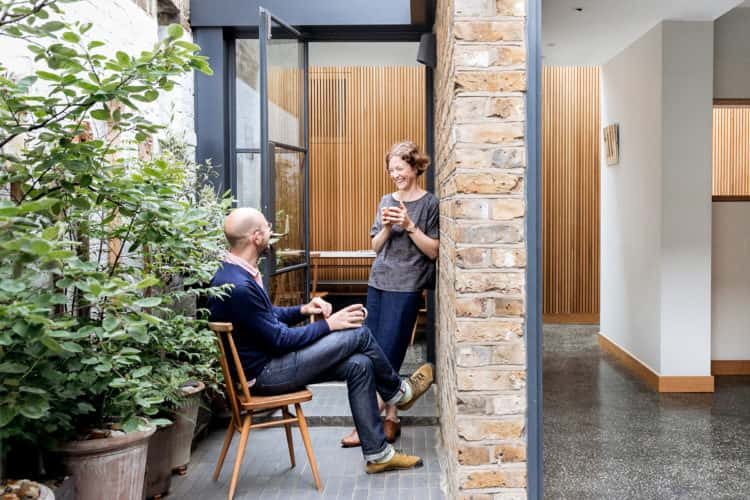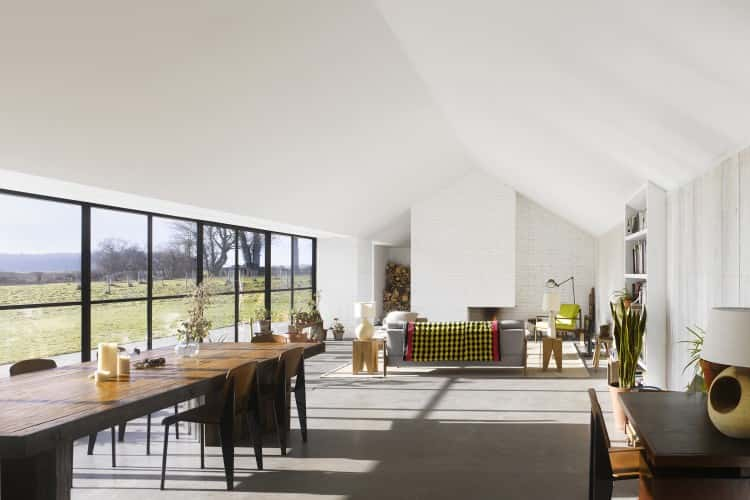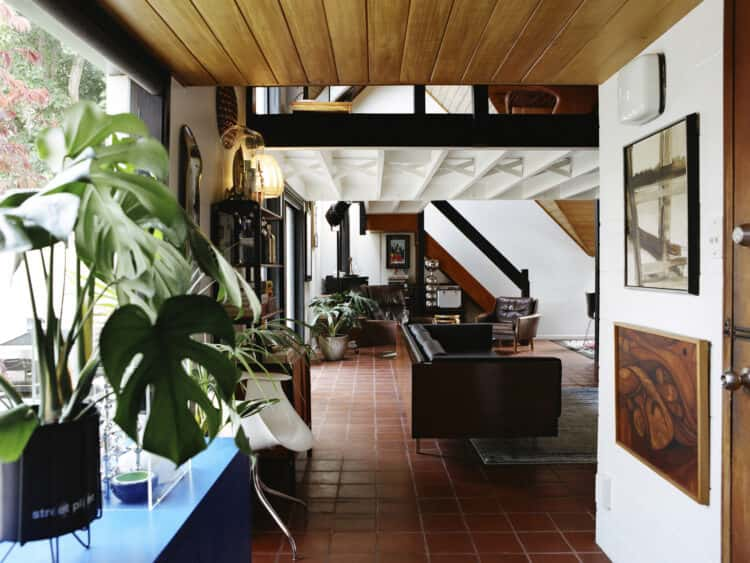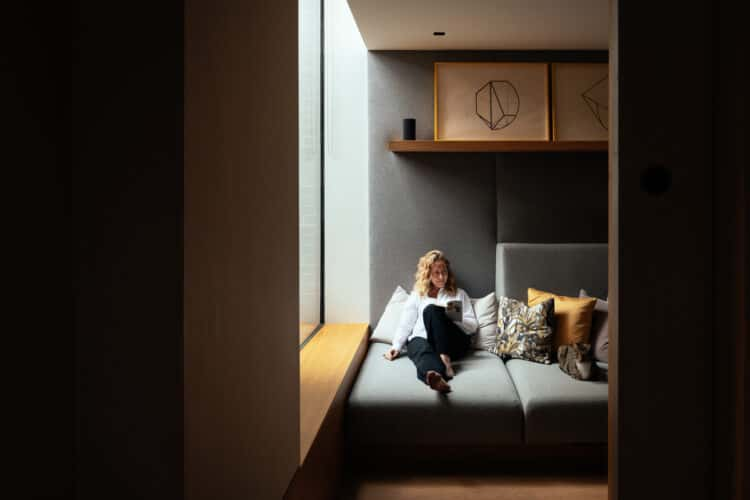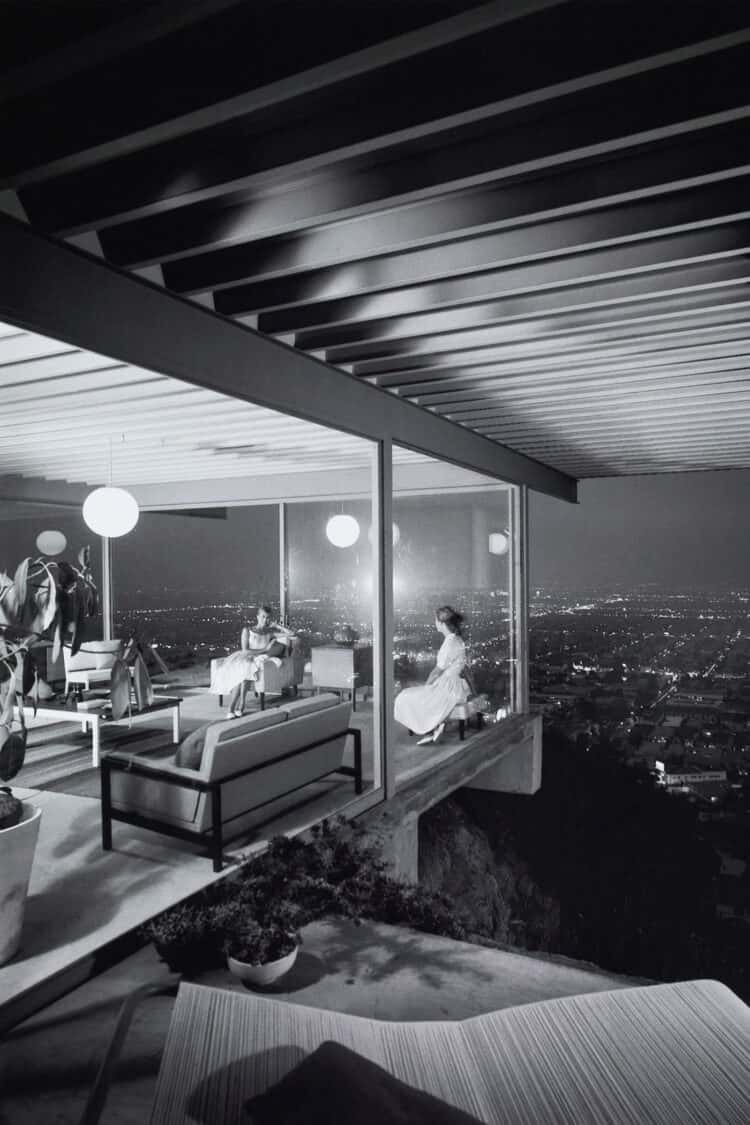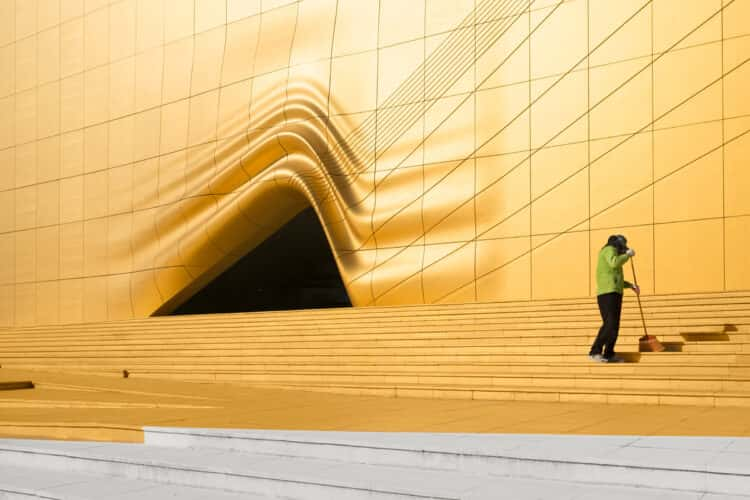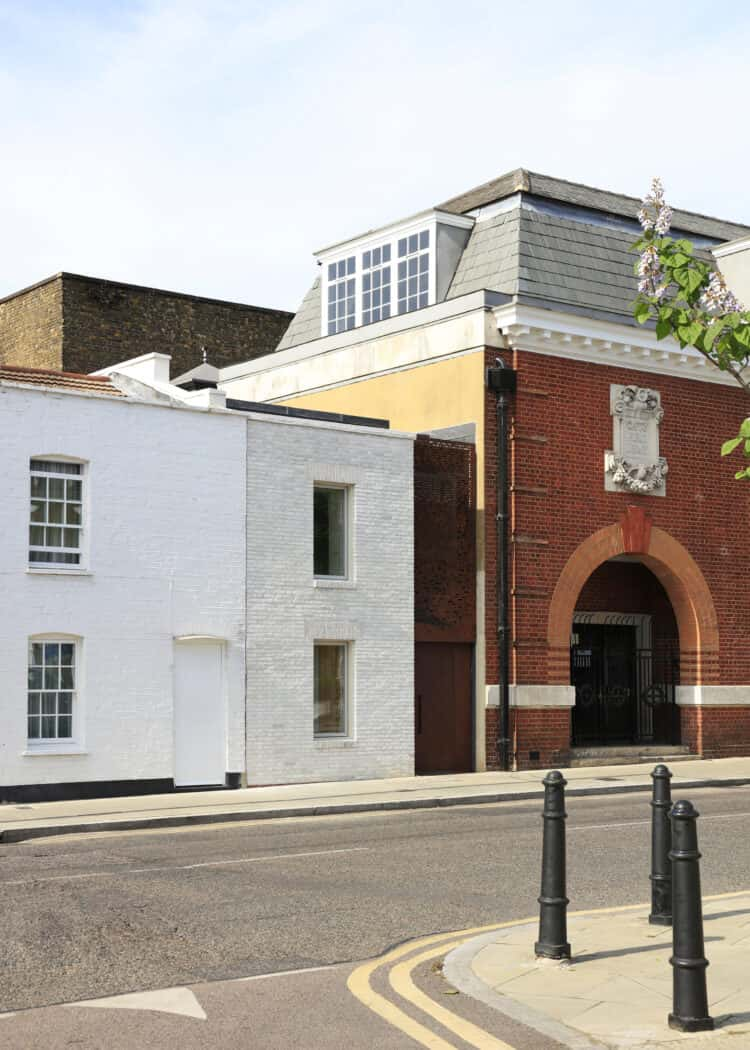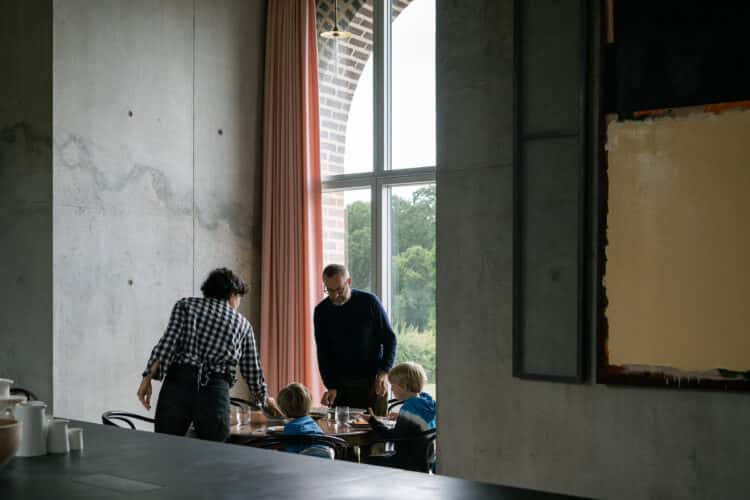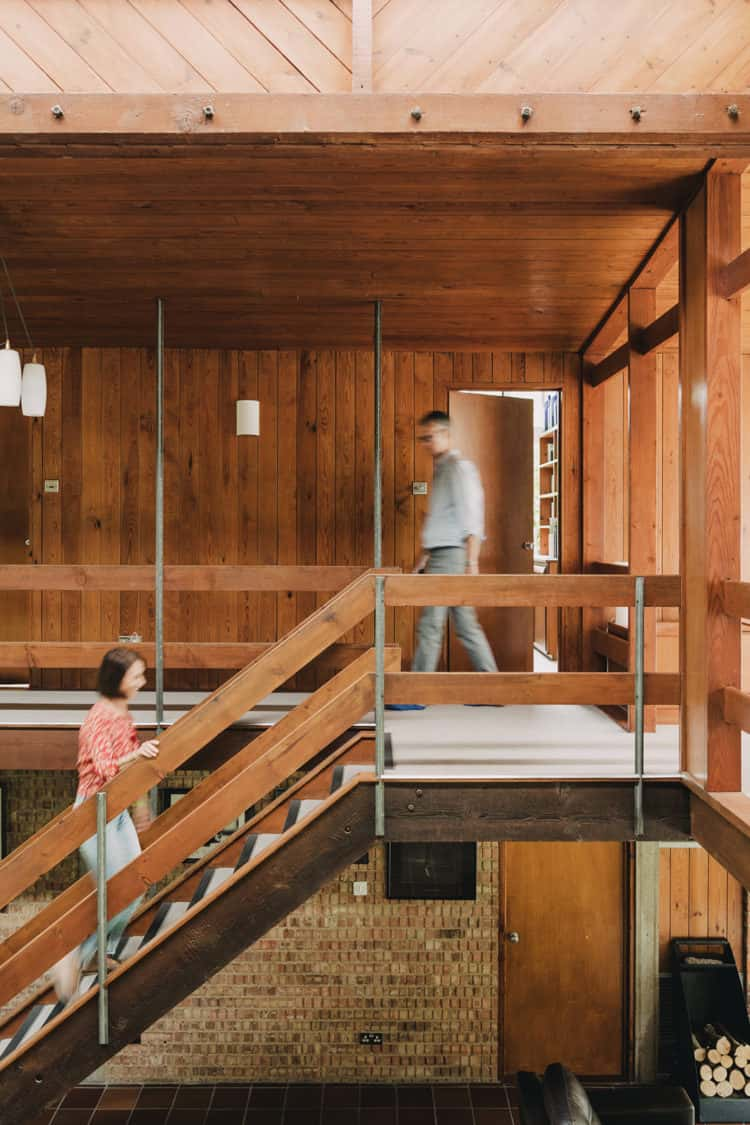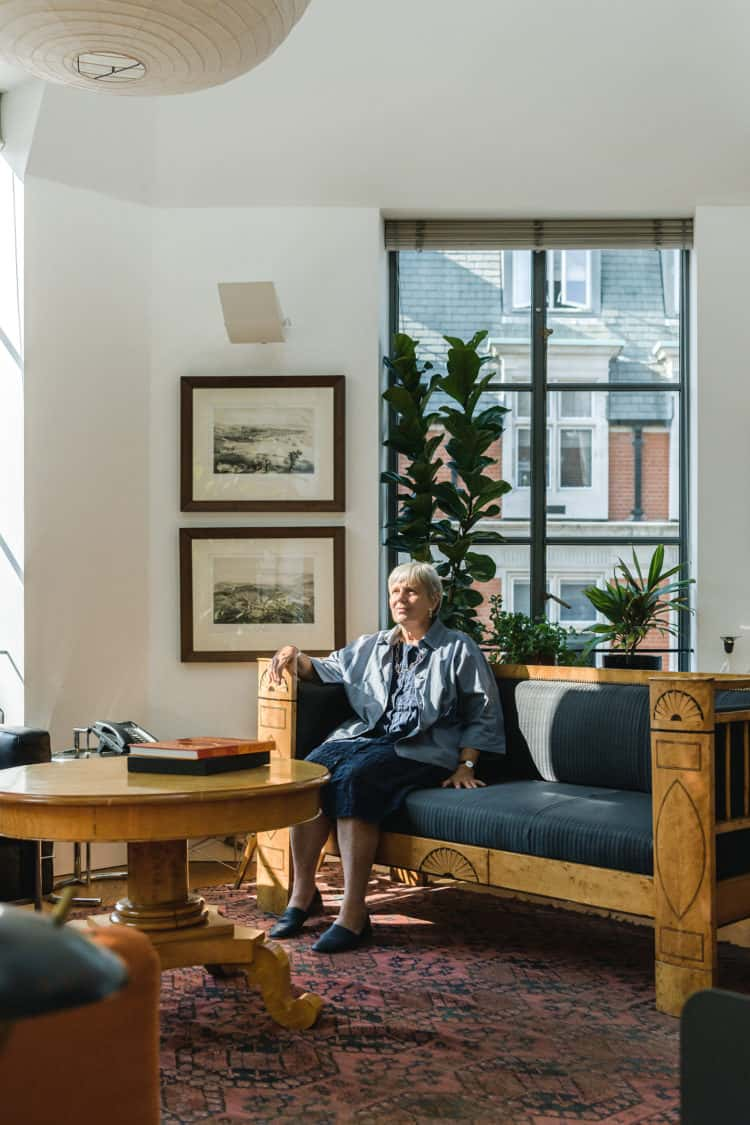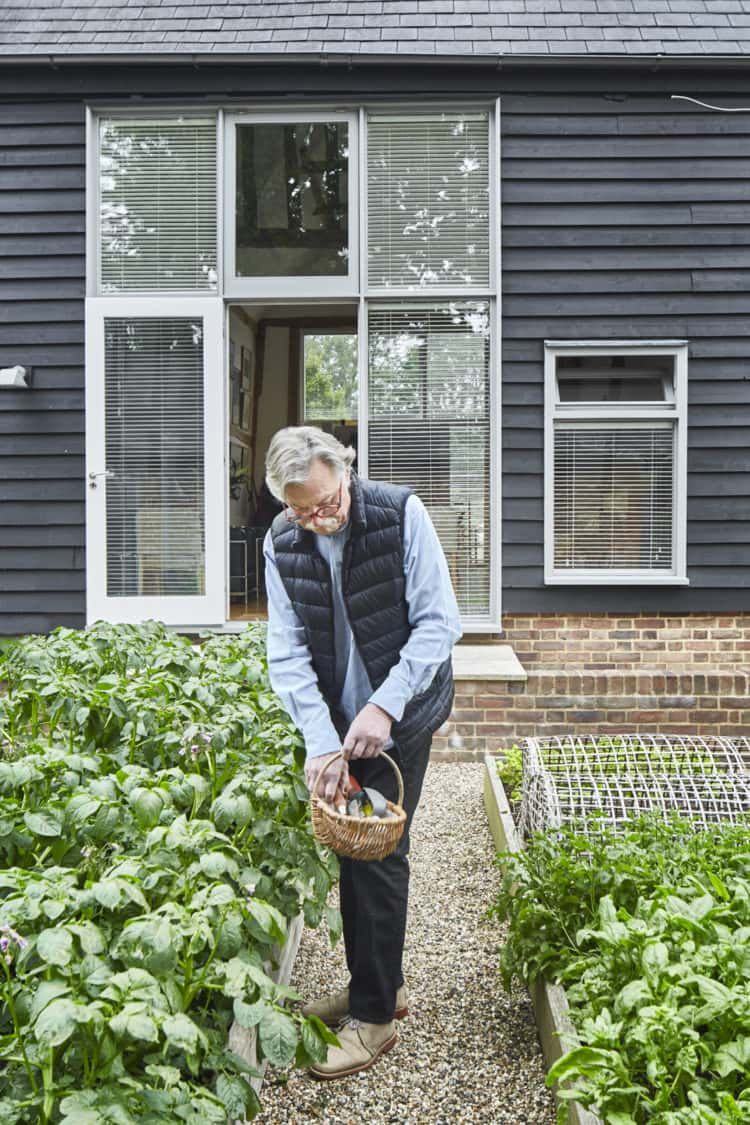Modern Masters: Heidi Locher of Studio Locher

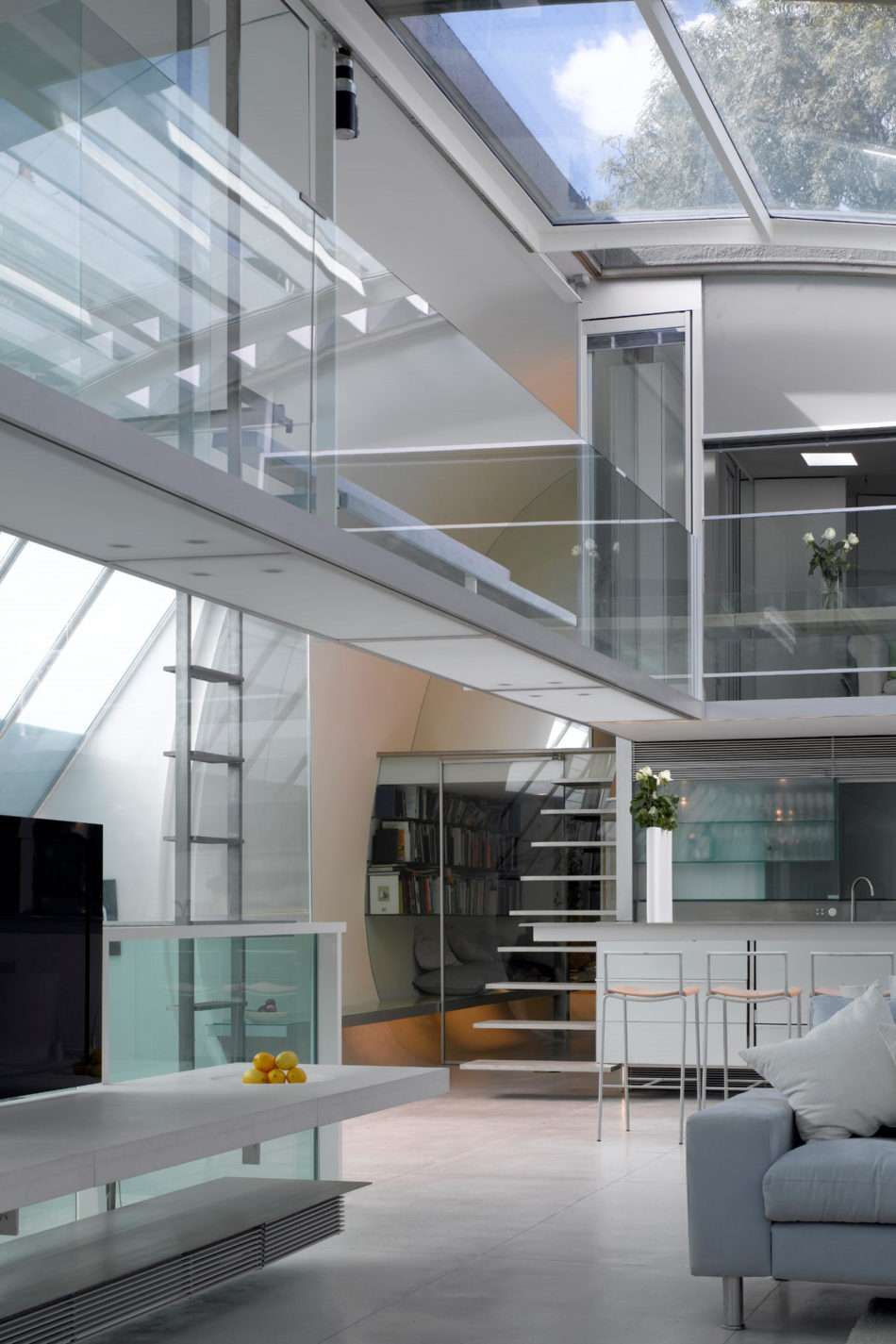
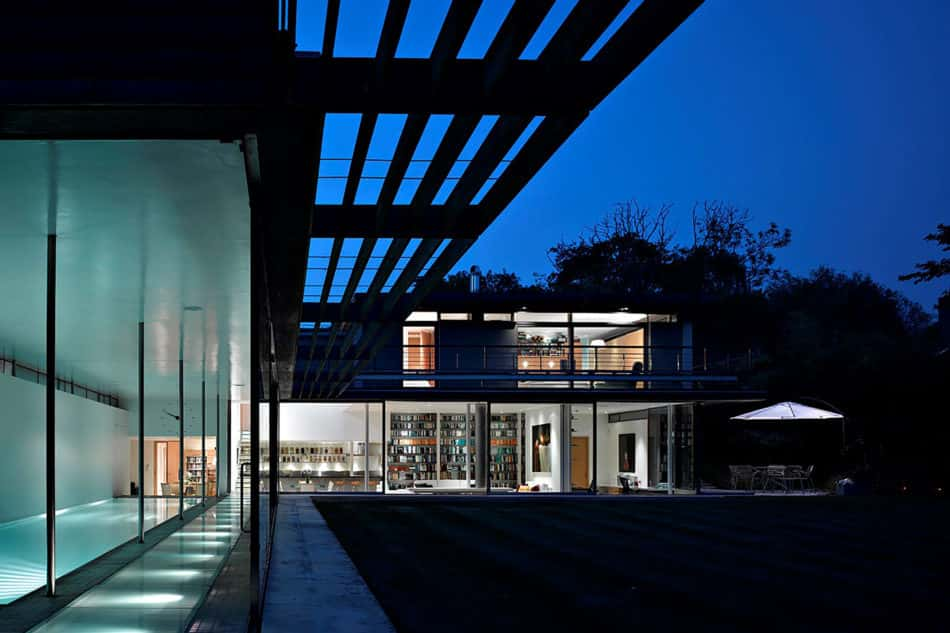
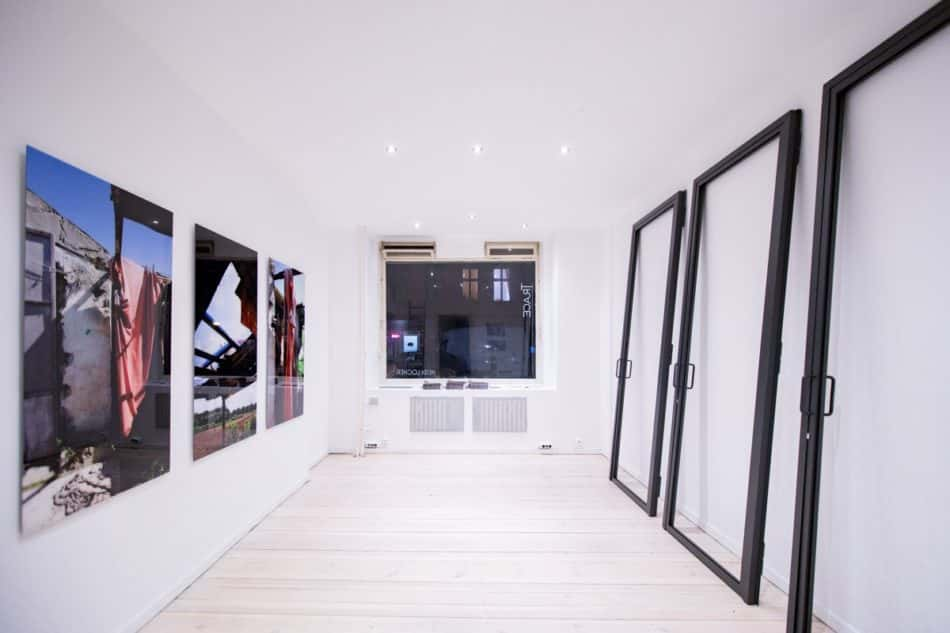



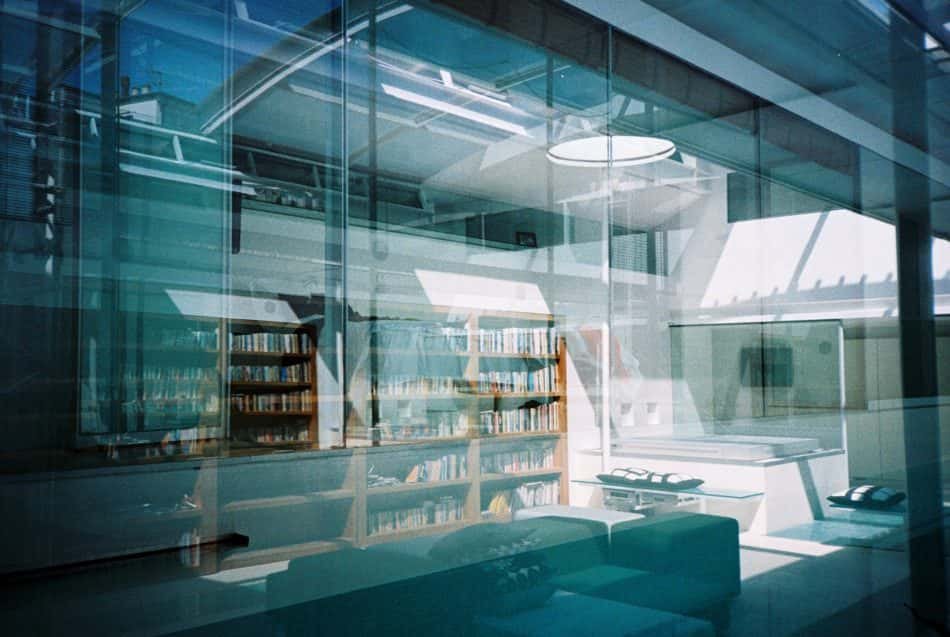
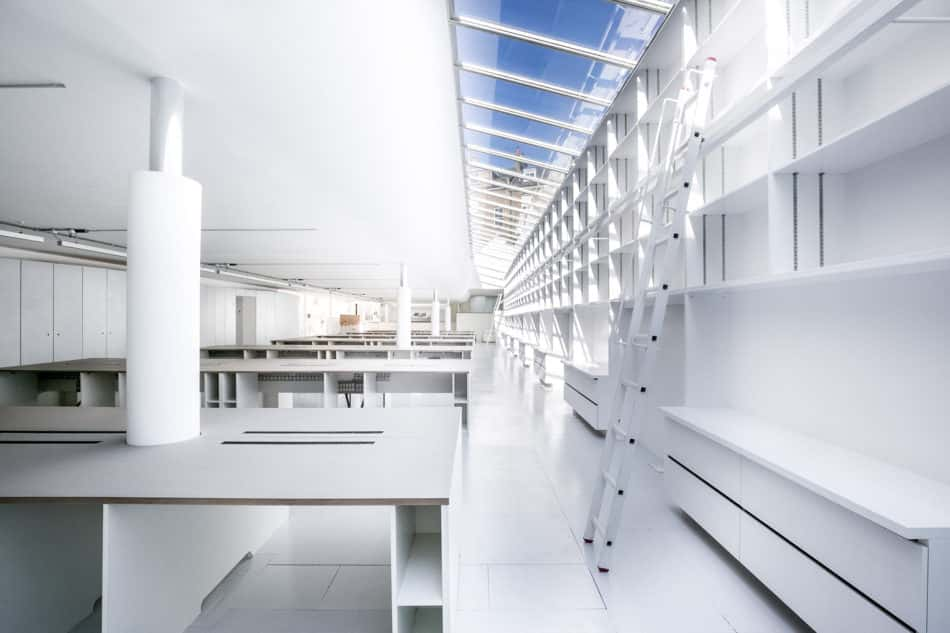
In our series ‘Modern Masters’, we meet with some of our favourite architects, designers and makers to profile their practice and get their take on architecture, interiors and design inspiration. Here, we talk to Heidi Locher of Studio Locher, and previously of renowed architectural practice Paxton Locher.
“Studio Locher is more like a creative studio than a straightforward architectural practice, which, of course, Paxton Locher was. There we had clients, briefs and everything else you’d expect.
“I think what was unique about Paxton Locher, which I started with my late ex-husband Richard Paxton in 1985, was that we always made spaces for ourselves. The fundamental idea was that, as architects, we should make the spaces we live and work in.
“There’s a great sense of urgency when someone close to you dies – you feel like you have to make the most of your time and life. Out of those feelings, and what I had learnt professionally, came Studio Locher, which I set up in 2006.
“It’s run in a way not dissimilar to a film production company. We don’t have clients as such, but we do get commissions and originate ideas that are funded in a way that is similar to how fine art projects get off the ground.
“So we might make an architectural installation to explore notions of refuge, or we might design furniture with an artistic approach, or, indeed, we might do a more conventional architecture project.
“But central to all of our work is that crossover between art and architecture. I trained first as an artist, then as an architect, and then I did a Fine Art masters, so the two have always overlapped for me.
“My feeling about really brilliant architecture – when you know you’re in the hand of the masters – is that it is not only beautiful, sculptural and able to fulfil a brief, but that it also takes on notions of tranquillity, shade and rest. It should have darker, smaller places that allow people to feel contemplative.
“In this way, I think that at its best, architecture is the highest form of art. It’s so sophisticated. We should take it for granted that we are able to get the practical details correct; a good building should transcend. For example, the positioning of a window to drop a handful of sunlight onto a pillow in the morning can be a truly beautiful thing.
“I love the thought of igniting conversations too. It’s something that drives the whole studio, in the sense that we are always looking for that initial poetic or conceptual idea. From that point, we try to be very rigorous about how we make what we’re working on the most beautiful machine for living or working.
“A good example of that is my apartment, which overlooks Regent’s Canal in Camden. The poetic idea was to create a lightbox suspended over the city. The practical realisation of that was to have no interior walls, just Japanese-style sliding doors, with glass windows leading to a terrace and discreet coloured LED lights that create a sort of light envelope.
“Art and architecture are overlapping in more explicit ways at a new project I have started at Villa Zagara, near Lecce in Puglia, southern Italy. I went on holiday there and fell in love with it, so we found an old palazzo and I’ve been doing it up.
“We wanted to find a language that was elegant and simple, so that we could make very delicate modern interventions in the old building, which will be fully restored.
“But not only will it be my home and studio, we will also have an art foundation and residency there, Zagara Foundation. It will be for mid-career artists, who will be invited to explore themes of zones, borders and shelters. They’ll come for a month and at the end of it we’ll create a monograph of their work, there will be a big private view and a show will go to Lecce and London.
“They’ll leave a piece they have created behind, be that a film, sculpture, painting or installation. A dialogue will begin to emerge between the pieces, which excites me very much.
“Another recent project of mine is an office space in Primrose Hill, which is currently for sale via The Modern House. It’s an amazing site that presented the opportunity to create a very sculptural, light-filled space.
“When you’re designing offices, you think more about how people are going to interact with others than you do with residential projects. You have to think about how people might want a sense of privacy, but also how you can engineer encounters between colleagues.
“It’s a very adaptable, flexible space, which is important to me when it comes to workspaces. I can quite imagine an architectural practice, film production company or series of writers working in there. And beyond that, it could easily accommodate an art foundation’s HQ, or an exciting new tech startup.
“But, ultimately, whoever you design a working environment for, the fundamental reality that people are going to be there all day is so important.
“When I worked for Terrance Conran as a graduate architect I designed some offices above Heal’s. I persuaded him that everyone should have freshly cut flowers delivered to their desk every week. That’s what I am interested in: soliciting little moments of beauty that knock the hard edges off.”
–
Photos: © Ryan Koopmans
